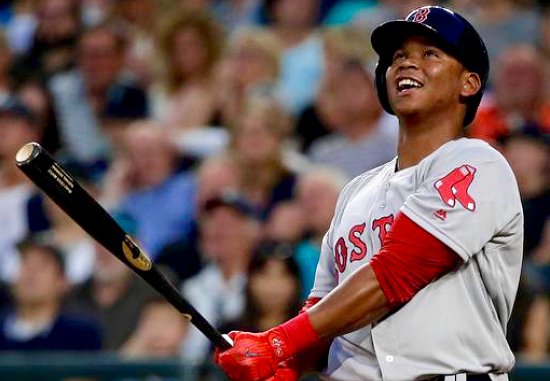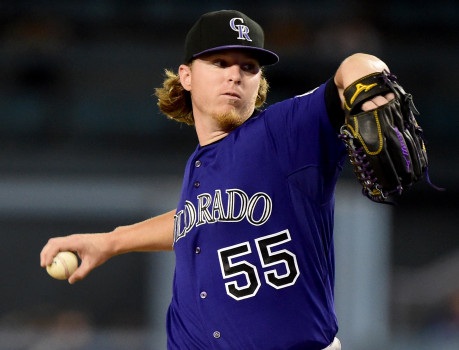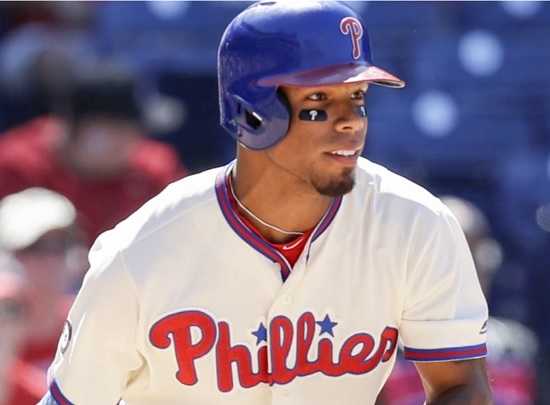
- Details
- John Adams
- MLB
2017 is the year of the rookie, and Phillies slugger Nick Williams seems like the real deal.
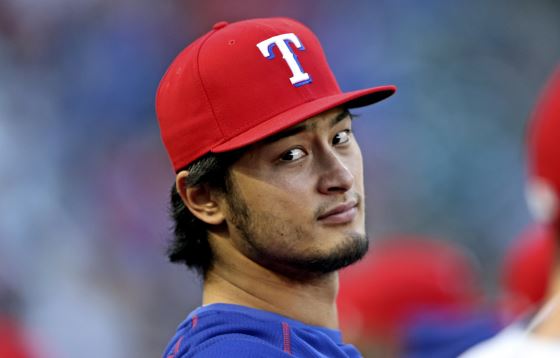
- Details
- Brian Murphy
- MLB
Which players were most affected by the movement at Monday's deadline? ASL's Brian Murphy has the scoop.
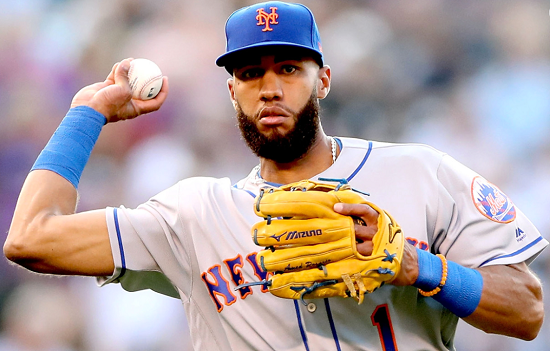
- Details
- John Adams
- MLB
One of baseball's top prospects made his MLB debut Tuesday night. Get to know Mets SS Amed Rosario
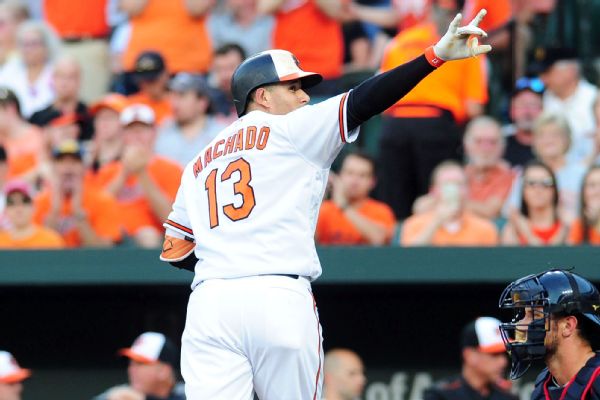
- Details
- Brian Murphy
- MLB
In honor of the approaching MLB trade deadline, here are a couple of players you should be dealing for and dealing away in your fantasy baseball league.
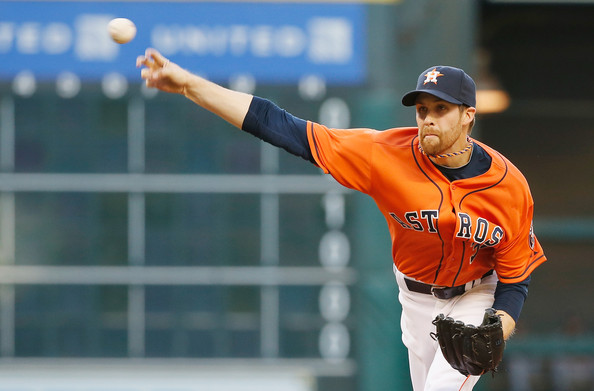
- Details
- Brian Murphy
- MLB
If your fantasy baseball team is in need of pitching help either on the mound or out of the 'pen, take a chance on some of these arms.
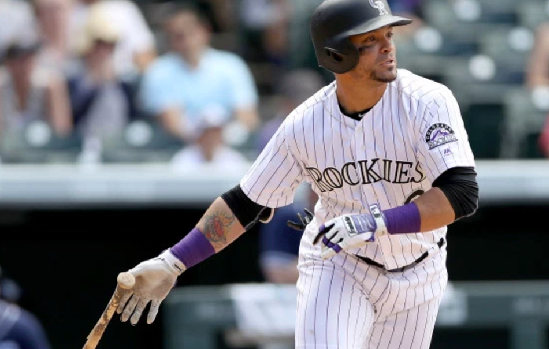
- Details
- John Adams
- MLB
The boys of summer are heating up and there is some real hitting power coming from some very unlikely sources.
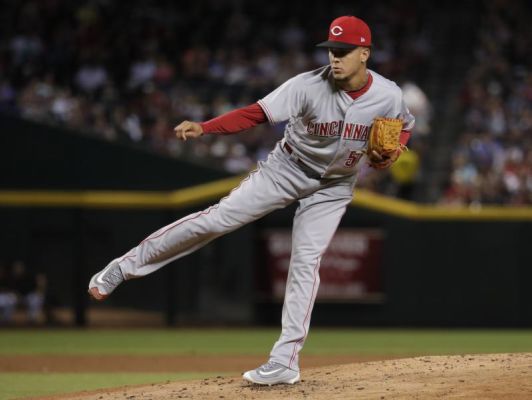
- Details
- Brian Murphy
- MLB
There is no "break" for the experienced fantasy baseball owners out there. Consider adding these pitchers to your squad before business resumes Friday.
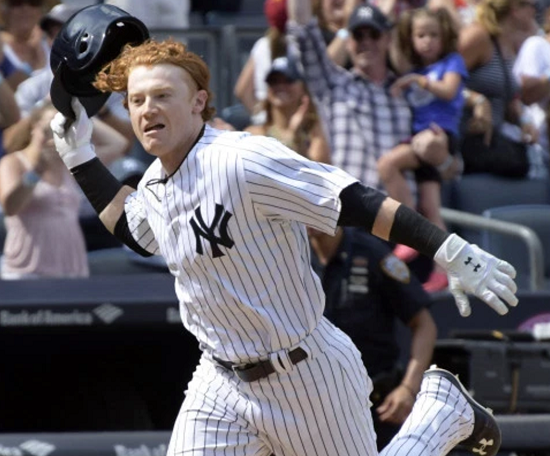
- Details
- John Adams
- MLB
The Yankees called up one of the top prospects in baseball and he's already hit three balls out of the park in just seven games.




